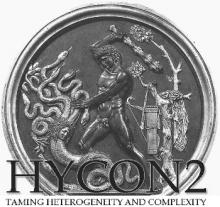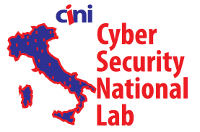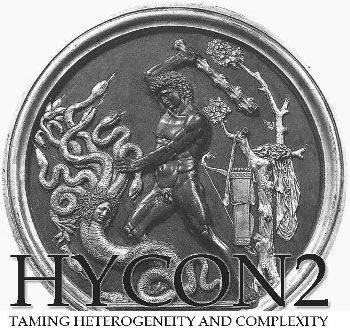Hycon2
Highly-complex and networked control systems

HYCON2 aims at stimulating and establishing the long-term integration of the European research community, leading institutions and industry in the strategic field of control of complex, large-scale, and networked dynamical systems. It interconnects scattered groups to create critical mass and complementarity, and provides the necessary visibility and communication with the European industries. HYCON2 assesses and coordinates basic and applied research, from fundamental analytical properties of complex systems to control design methodologies with networking, self-organizing and system-wide coordination. HYCON2 has identified several Applications Domains to motivate, integrate, and evaluate research in networked control. These domains are Transportation , Energy, and Biological and Medical Systems Benchmarking serves as a tool for testing and evaluating the technologies developed in HYCON2 and for stimulating and enforcing excellence by the identification and adoption of best practices. In particular, two show-case applications corresponding to real-world problems have been selected in order to demonstrate the applicability of networked control and the need for research in control. As no substantial technological breakthrough can be achieved without preparing the proper cultural background, a further important objective of HYCON2 is to spread and disseminate excellence through multi-disciplinary education at the graduate and undergraduate level. The key objectives of the project are: 1) To foster in both ways fundamental studies and applications, 2) To develop generic modeling and the design of control methods, under the multiple constraints inherent to embedded systems, based on a model approach (EDP, ODE, continuous, discrete, discrete events systems, hybrid systems), 3) To design dynamical reconfiguration of architectures & implementation of languages and scalable algorithms for the control of evolvable, distributed and adaptable systems, 4) To master the complexity in terms of temporal and spatial uncertainties such as parameters, delays and disturbances, limited bandwidth in communications, actuation constraints and node availability.




